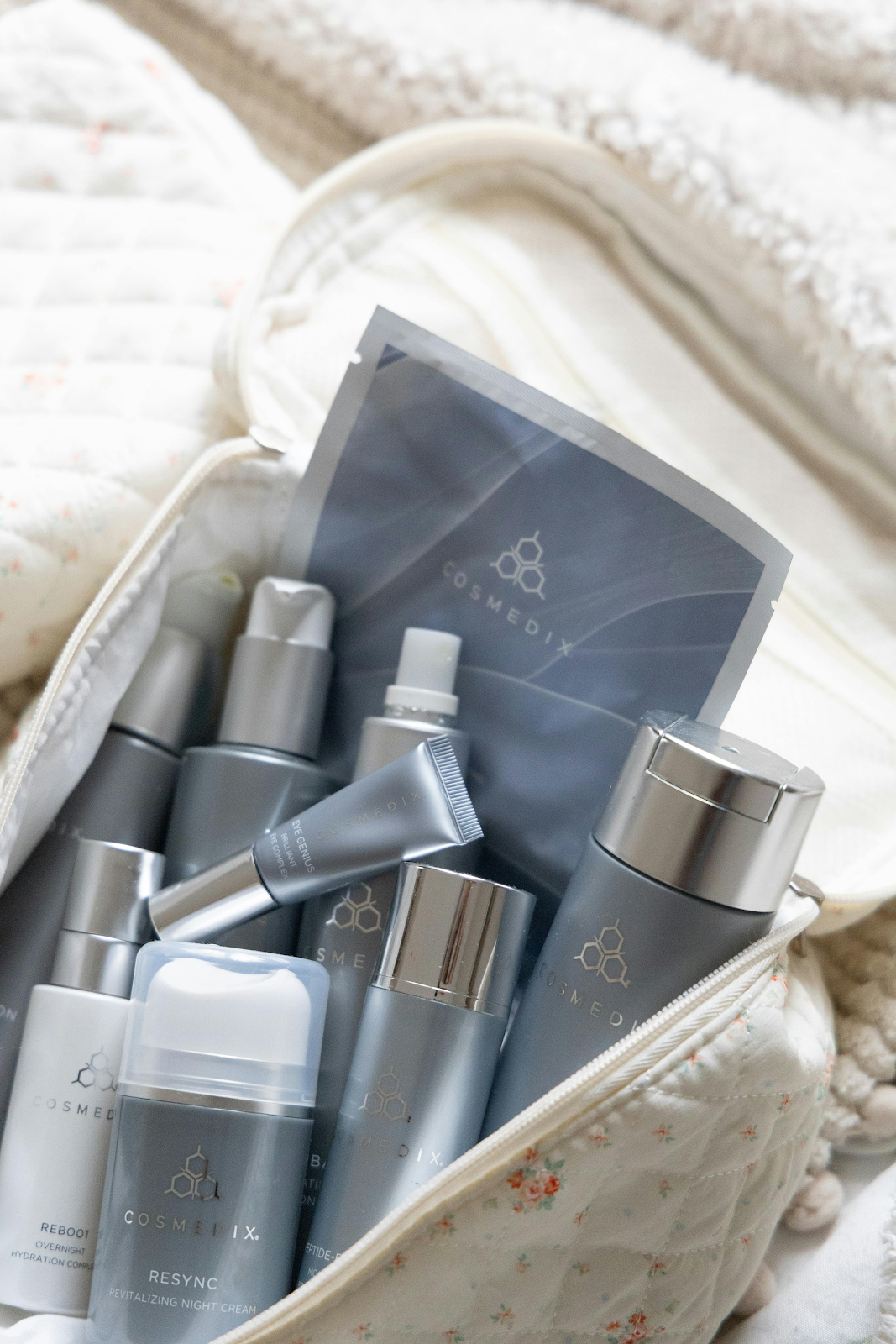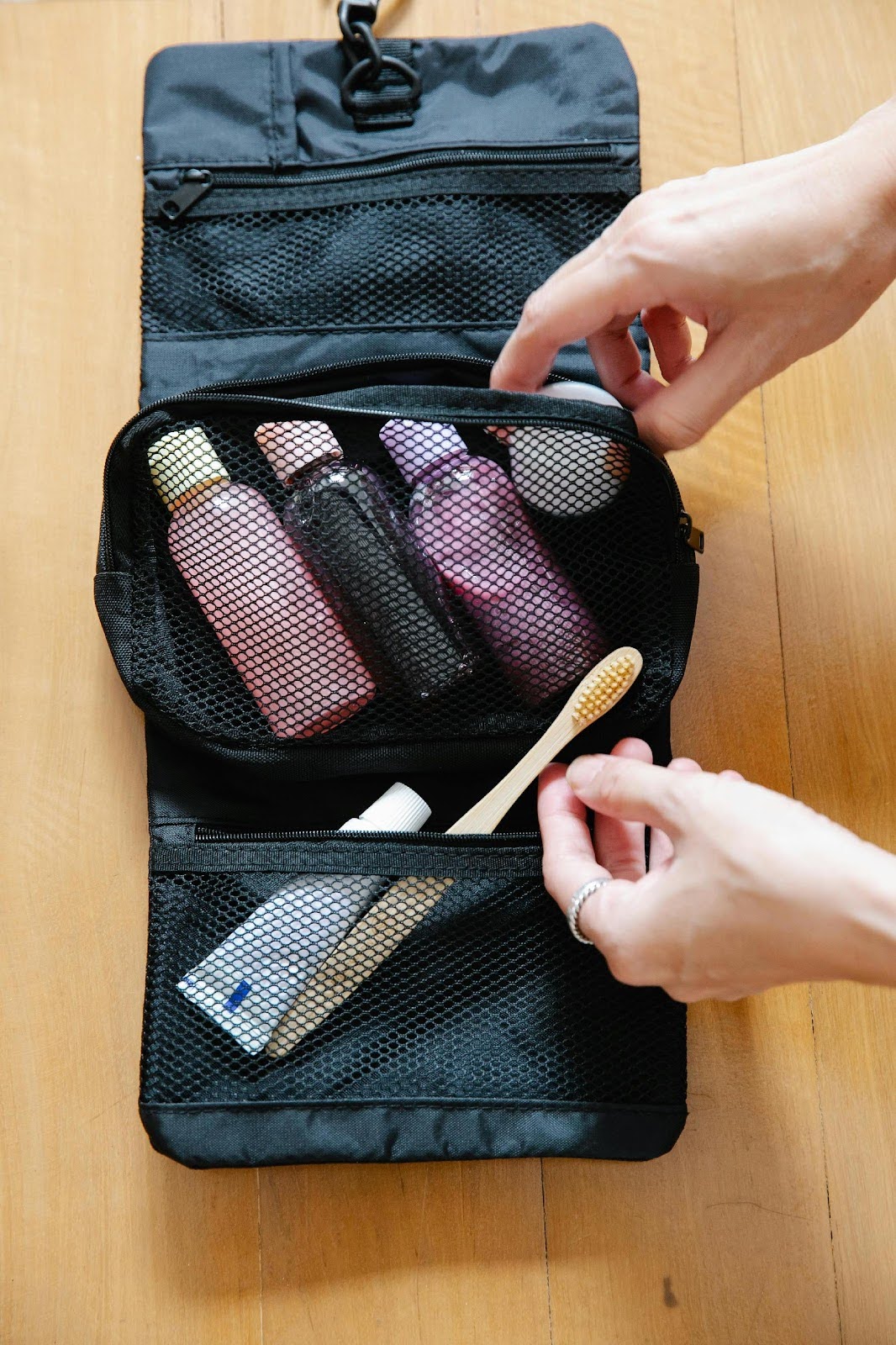
Frequent flyers know that travel takes a toll on your skin. Between low‑humidity cabins, time‑zone changes and the stress of navigating airports, it’s easy to deplane with dry, dull or irritated skin. Fortunately, a few thoughtful steps can keep your complexion glowing no matter how many miles you log. Here’s how to prep, pack and pamper your skin on your next journey.

Why Travel Dries Out Your Skin
Airplane cabins are notoriously dry. At cruising altitude, outside air is extremely cold and contains almost no moisture. When that air is conditioned and pumped into the cabin, the relative humidity drops below, far lower than the 20% level typically considered comfortable. As a result, passengers often experience dryness of the eyes, nose and skin. Dermatologist Mary Martini told Blue Sky News that airplane cabins have “almost no humidification,” making them drier than the Sahara Desert. She explains that skin feels most comfortable when humidity is between 40% and 70%, but most planes hover around 20% or less.
Low humidity isn’t the only problem. The Cleveland Clinic notes that recirculated air at high altitude contains half as much moisture as sea‑level air, which dries out your throat, nose and skin. Dehydration becomes more likely because cabin pressure, caffeine and salty snacks all sap your body’s water reserves. Stress and lack of sleep during travel further compromise your skin’s barrier, causing irritation and breakouts. Knowing these factors helps you choose products and habits that counteract them.
Pre‑Flight Prep: Hydrate and Protect
Start your travel skincare routine the night before your flight. A well‑hydrated skin barrier handles the cabin environment better. Use a gentle cleanser and apply a serum with humectants like hyaluronic acid or glycerin to draw moisture into the skin. Dermatologists recommend moisturizers containing ceramides, hyaluronic acid, glycerin or urea. Avoid fragrances and drying alcohols, which can increase irritation. To seal in hydration, layer an occlusive ingredient such as shea butter or petroleum jelly. Occlusives lock moisture into your skin, which can be especially helpful when facing hours of dry cabin air.
Before bed, sip an extra glass of water and skip salty foods and alcohol. Nutrition experts advise that dehydration can cause headaches, muscle cramps and skin irritation. In the morning, apply a broad‑spectrum SPF. Even though plane windows block most UVB radiation, UVA rays may still penetrate; wearing sunscreen adds a layer of protection against cumulative sun damage. Finally, get as much sleep as possible. Sleep deprivation increases stress hormones and inflammation, which in turn exacerbates skin problems.
In‑Flight Essentials: Hydrate, Mist and Move
Once aboard, make hydration your top priority. Cleveland Clinic physicians advise packing an empty water bottle and refilling it after security. Aim to drink about eight ounces of water every hour of flight. Dr Martini also recommends moisturizers with hyaluronic acid to keep skin from drying out, but she emphasizes that nothing is more important than drinking water. You can also snack on water‑rich foods like cucumbers or strawberries to boost hydration and avoid salty snacks that contribute to dehydration.
During the flight, mist your face every hour with a travel‑size hydrating spray. Look for formulas containing glycerin, aloe or thermal spring water. Apply a lightweight moisturizer after misting to lock in moisture. Don’t forget lip balm and hand cream; these areas dry out quickly. To minimize eye irritation, ophthalmologists suggest wearing glasses instead of contact lenses during long flights. Move around the cabin or do seated stretches every two hours to keep your circulation flowing.
Post‑Flight Recovery: Cleanse and Replenish
Once you reach your destination, give your skin some TLC. Dr Martini suggests showering within an hour after landing to remove the dry cabin air and reduce skin irritation. Use a gentle, non‑foaming cleanser to remove travel grime, then apply an antioxidant serum containing vitamin C to combat free radicals. Follow with a rich moisturizer and an occlusive if your skin still feels tight. If your eyes feel dry, lubricating eye drops can provide relief.
A hydrating sheet mask can quickly restore moisture after a long flight. Look for masks infused with hyaluronic acid, glycerin or ceramides. If you’re prone to puffiness, store your mask in the hotel mini‑fridge for a refreshing boost. Finally, prioritize sleep to help your skin recover; traveling across time zones can disrupt your circadian rhythm, and a good night’s rest is essential for collagen production and barrier repair.

Packing Tips: Master the 3‑1‑1 Rule
Packing liquids can be tricky, but knowing the rules helps. The Transportation Security Administration’s 3‑1‑1 liquids rule allows each passenger to bring liquids, gels and creams in containers of 3.4 ounces (100 milliliters) or less. All containers must fit into one quart‑sized, transparent, resealable bag. You’re allowed only one such bag per passenger. Place the bag at the top of your carry‑on so it’s easy to remove during security screening. Investing in reusable travel containers lets you decant your favorite products while complying with the rules.
When choosing products, focus on essentials. A basic travel kit might include:
- Mini cleanser: Opt for a gentle, hydrating formula that removes impurities without stripping your skin.
- Serum: Pack a serum with humectants like hyaluronic acid or glycerin to combat in‑flight dryness.
- Moisturizer: Choose a medium‑weight moisturizer with ceramides or urea to strengthen the skin barrier.
- Sunscreen: A mineral SPF of 30 or higher protects you from any UV exposure while traveling.
- Lip balm and hand cream: Keep these within reach to prevent chapping.
- Hydrating mist: A small spritz bottle delivers instant moisture without disturbing makeup.
- Occlusive balm: A small tube of petroleum jelly or shea butter works wonders for dry patches.
- Empty water bottle: Fill it after security and sip frequently throughout your journey.
- Disposable sheet mask: A hydrating mask can revive skin after long flights.
Final Thoughts: Arrive Refreshed and Radiant
Travel doesn’t have to leave your skin depleted. By understanding how low cabin humidity and travel stress affect your complexion and by packing smart, you can maintain a healthy glow wherever you land. Remember to hydrate inside and out, choose travel‑friendly products that support your skin barrier, and follow the 3‑1‑1 rule when packing liquids. With a little planning and the right essentials, you’ll step off the plane looking as refreshed as you feel.
Let us know if you need help customizing a travel‑ready skincare routine. Our team at Effect Med Spa can recommend the perfect products and in‑office treatments to keep your skin radiant on every adventure.
We care about you
Personalized care and cutting-edge treatments to ensure you achieve the best results.

related posts
Lorem ipsum dolor sit amet, consectetur adipiscing elit.
Get 10% off
Lorem ipsum dolor sit amet, consectetur adipiscing elit. Suspendisse varius enim in eros elementum tristique.




